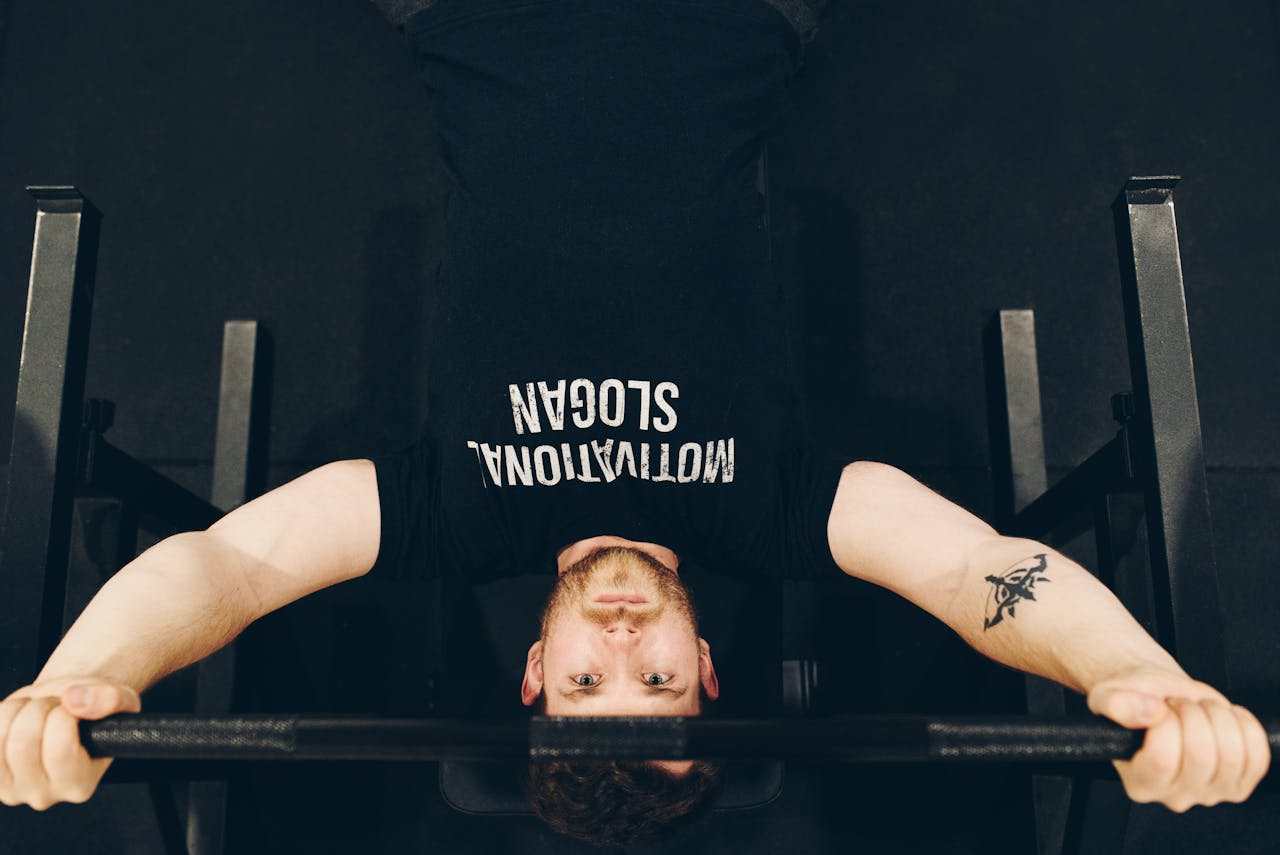
Isometric-focused workouts can help you get bigger and stronger, and reduce the chance of injury. Here’s why.
The body is full of “autocorrect” functions. They keep the body strong, resilient, and adaptive to the stimuli it is introduced to. In a sense, isometric exercises can further the development of these “autocorrect” functions.
The term isometric simply refers to the contraction of muscle tissue in a static state. You can do this with or without load, as long as the muscle is actively lengthening or shortening. The benefits, as alluded to earlier, are plentiful and can help with things like injury prevention, strength, hypertrophy, stability, tendon quality, and response, among so much more.
But how?
1) Increased motor unit recruit can lead to better form and contractions during lifts and performance
Throughout lifting and performance training, we tend to notice compensation patterns form and movement quality reduction. When holding isometric contractions in certain positions, we are better able to develop the body’s ability to recruit muscle fibers in the movement/lift. One such study shows that by incorporating regular isometric holds, participants were able to recruit about 5% more of the quad muscle fibers in a squat (which is a big deal!). This would translate directly to things such as a max effort jump or run, as the increased recruitment of the fibers would allow for more force production during these activities.
2) Isometric holds can assist with strength gains and form
As one is able to recruit more muscle fibers into a lift, more force is able to be produced, as stated earlier. This will assist greatly in strength gains and even more in stability throughout the range of motion. In bodybuilding and powerlifting, it is common to see athletes incorporate “pause reps” at light to moderate loads for these reasons.
There are studies that show that this can aid in hypertrophy a fair bit as well- as the extra time under tension puts more mechanical stress on the muscle, in turn leading to muscle growth.
This is merely just the surface of the benefits of incorporating isometrics into a regular program. The benefits are numerous and multifactorial, and when programmed correctly, one can see an athlete make significant gains in multiple areas of weight training.
A good place to program them is in the beginning as a warm-up (to better prime the nervous system), and during submaximal loads of working sets to increase strength and power. Without load, you can do isometric contractions during mobility/ROM training to increase the body’s ability to produce and accept force at certain “problem” points.
Hope this helps. Stay on the mats!



